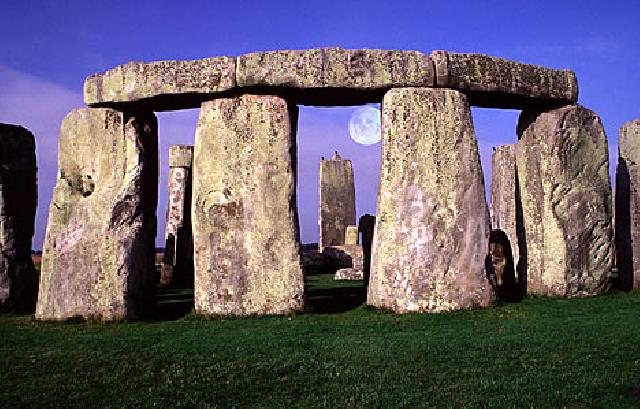In the realm of natural wonders, few things capture the imagination quite like หิน เดิน ได้. These ageless artifacts of the Earth’s geological history have fascinated humanity for centuries, serving as symbols of strength, endurance, and timelessness. From ancient civilizations to modern architectural marvels, the importance of stones transcends generations, cultures, and technologies. In this article, we delve into the captivating world of stones, exploring their significance, historical uses, and enduring allure.
Stones are the Earth’s storytellers, bearing witness to the eons that have shaped our planet’s landscape. Every stone, whether a simple pebble or a majestic mountain, carries within it a record of the forces that shaped it – from the slow process of sedimentation to the intense pressure of tectonic forces. The colors, textures, and patterns of stones narrate a geological tale that spans millions of years.
Throughout history, stones have been crucial to the development of civilizations. The pyramids of Egypt, the ancient temples of Greece, the colossal statues of Easter Island – all these iconic structures were hewn from stone, a testament to the material’s durability and versatility. Stones provided the raw materials for tools, shelter, and art, allowing humans to shape their surroundings and leave a lasting mark on the world.
Beyond their practical uses, stones hold immense cultural and spiritual significance in various societies. Many cultures have revered specific stones for their supposed healing properties or spiritual energies. For instance, the use of crystals in alternative medicine and spiritual practices is a contemporary manifestation of this age-old belief. Additionally, stones have played a vital role in religious rituals, symbolizing permanence, stability, and a connection to the divine.
